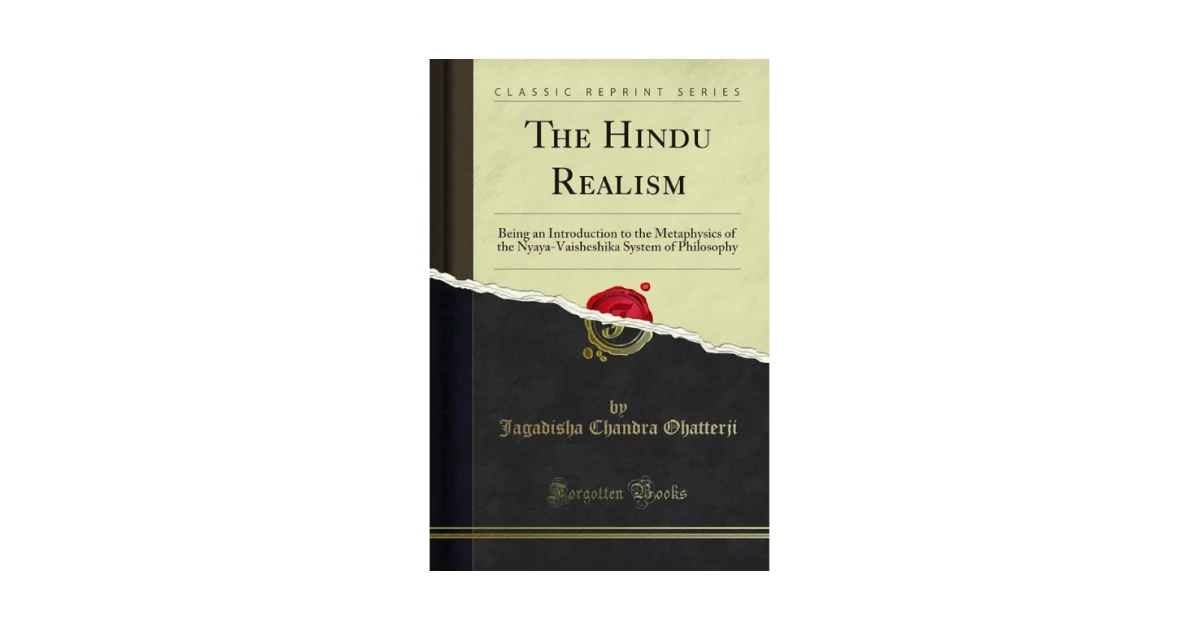The world is facing frequent and significant disruptions and profound uncertainty. Modernization, which was historically viewed uncritically as advancement, has manifested multiple challenges including climate change, increasing inequality, and geopolitical instability. Yet our worldview is archaic, inherited from the industrial age when man dominated nature, violently extracting natural resources and using machines to assert control.
Yuen Yuen Ang, the author of How China Escaped the Poverty Trap, writes in her paper ‘Adaptive Political Economy: Toward a New Paradigm’ that, “experts and policymakers see the twenty-first century as a dreadful time of polycrisis, when all the excesses of modernization have come home to roost and manifest physically in a climate crisis.” In her paper, Ang proposes a new paradigm which she terms ‘adaptive political economy’, as one that is not fossilized, and reacts to the needs of social systems and culture instead of continuing to apply antiquated, ill-fitting paradigms of the past. She believes that fractal geometry has something to teach us in this regard — the mathematics of repetitive, complex shapes can be applied to complex social systems which are otherwise unpredictable and non-linear.
Fractals are infinitely recurring complex patterns that are integral to the Hindu worldview and pedagogy, which intuitively understands and recognises that complexity is integral to every sphere of life, especially the socio-politcal. Hindu philosophy describes the cosmos as holonomic and self-similar in nature. Hindu temples employ fractal geometry, featuring infinitely repeating structures that mirror the shape of the temple. They are designed and constructed as symbolic miniature replicas of the cosmos on earth. Fractals reveal a glimpse of the beauty of the infinite complexity and the ‘order in chaos’ inherent to complex patterns. The Hindu view of complexity is based on ṛta, the Ṛgvedic cosmic order which is the force of the universe and the natural order on which dharma is predicated.
The manner in which Ang describes complexity of systems is remarkably similar to that of the Hindu conception. Complex systems are characterized by adaptation, generating uncertainty— which in turn has profound implications for the way social scientists understand causality, indeterminacy, human agency, and institutional design. Ang describes these complex systems as those that “comprise many moving parts that interact with one another and change together, triggering outcomes that cannot be precisely controlled or predicted in advance”. She states that political economies, with their multiple players, institutions, and interactions, are complex systems. To her, the “big, enduring themes that matter in social science—modernization, state-building, innovation, conflict, financial crashes”, etc. are necessarily complex in nature. In her view complex systems must be treated as such or outcomes are unfavorable.
Ang proposes that social scientists must stop applying older, reductionist, mechanical models of seeing the world to formulate theories of development; but rather, they must devise concepts, methods, and theories to illuminate patterns in complex social systems and prescribe modes for the political economy of development. She believes that adaptive political economy must incorporate an inclusive and moral dimension which recognizes the inequities that conventional models miss. Growth-promoting institutions need not come in one universal package like those found in idealized Western liberal economies. To her, conventional models of development that have a blinded, linear view of development and progress fail to distinguish between the differing needs, constraints, and resources at early and advanced stages of development and the various solutions that could fit.
Ang proposes institutional design as a method of influencing outcomes, after realizing the distinction between control and influence. She points us towards meta-institutions: higher-order structures and strategies that facilitate adaptive and learning processes. The answer then to complex problems lies in Indian knowledge systems. In stating that “rather than exerting control to achieve preselected outcomes, the wiser course of action in complex systems is to influence the process of adaptation and learning”, Ang is inadvertently describing Indian knowledge systems and the pedagogical hierarchy seen in the manner in which knowledge is transmitted and sustained. In contrast to Western, it is only Indian knowledge Systems that are capable of developing and training minds to think in a manner that is conducive to problem-solving, that is intensely adaptive and evolutive while retaining a strong connection to the metaphysical theories that ground the entire framework. Thought processes and algorithms are a function of worldview, which in turn is a product of education and culture. Cultural institutions such as sāmpradāyas or guru-śiṣya paramparas sustain unchangingly due to the civilisational architecture and propensity to teach method over matter — how to think rather than what to think. In the fractal model, the meta is mirrored in the micro, the cosmos is mirrored in the atom. The model is both decentralized and at the same time, multiple institutions are interdependent and self-organizing.
The Bhāratiya civilisation is one that imagines time on a scale that is unfathomable by the human mind, one that imagines a continuity and a seamlessness over kalpas and yugas that extends beyond our lifetimes. It is one that celebrates festivals like the Mahā Kumbh that occurs every 12 cycles of Kumbh, every 144 years. In contrast, the modern Western sense of time rarely thinks and plans beyond a few decades or a lifetime. Modern theories of development, therefore, are unable to predict or plan for crises that might occur in a century or so, akin to how climate change and the effects of massive resource depletion were not envisioned until the effects were felt. It is only through adaptive learning that solutions to contingencies such as this may be spontaneously envisioned. Only a civilisation that imagines the cosmos a certain way, unselfishly — as vast and a reflection of life on earth and eternal, existing far beyond individual lifetimes — can sustain beyond a few generations, and optimize for the long term.
This intellectual framework offers many insights for policy making and the future of regulations. A pertinent contemporary example is discussed by Sanjeev Sanyal in his report “A Complex Adaptive System Framework to Regulate Artificial Intelligence”. AI is a complex adaptive system with unpredictable emergent behavior, as “small initial changes in AI systems can cascade and compound rapidly into disproportionate impacts if left unchecked”. Sanyal states that “[t]he intricacy of combinatorial explosions from multiple technology facets interacting makes modeling the long-term trajectory intractable”. He concludes that the regulation of a complex system like AI involves instituting real-time guardrails rather than attempting to predict outcomes — seamlessly in line with Ang’s theorisation.
Putting modern lingo for complex systems aside and digging beyond the surface reveals that the sort of adaptive evolution being described to improve the formulation of policy is already present within the Indian system. Adaptability is understood as alignment with ṛta, the manner in which different branches of culture, such as jyotiṣya śāstra, āyurveda, etc. deal with complex systems (the human body is also complex system). The model and methodology already exist. It is for us to not be afraid to look into the past for advice.
References
- Ang, Yuen Yuen, Adaptive Political Economy: Toward a New Paradigm, December 2023. World Politics 75 no. 5 (December 2023) 1–18
- A Complex Adaptive System Framework to Regulate Artificial Intelligence, January 2024. Sanjeev Sanyal, Pranav Sharma, and Chirag Dudani






